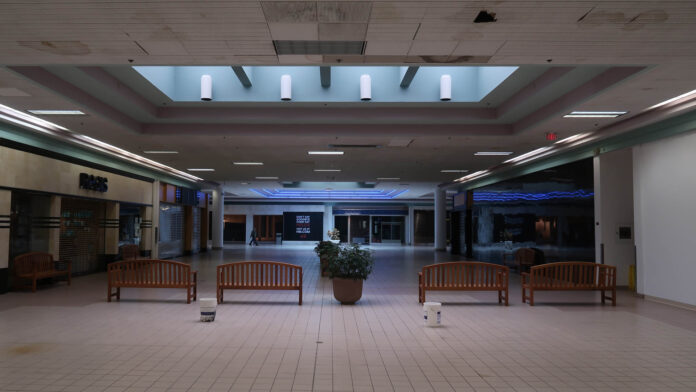Key Highlights
- 25,000 stores may close by end of 2020
- Over-65 population increasing some 10,000 per day
- Many former malls and abandoned shopping centers may become repurposed as senior housing
Two trends, one business and one demographic, may overlap to produce new housing opportunities. The business trend, spurred by the COVID pandemic though already well in flux due to the overwhelming success of online retailers, is the emptying out of retail spaces in no longer necessary malls and shopping center sites. It is estimated that some 25,000 stores may close by the end of this year.
Meanwhile, the demographic trend involves the over-65 population segment that has been and continues to increase by some 10,000 every day.
By melding the supply of these now vacant retail spaces and the demand for housing of the over-65 population that increases by some 10,000 people on a daily basis, some owners and developers of vacant retail spaces are repurposing their commercial spaces to accommodate comprehensive retirement complexes to house upscale seniors.
Key to the success of such retirement complexes, like everything in real estate, is location. Seniors choosing to live in these repurposed arena-type malls and strip shopping centers want to be within walking distance, or at least in close proximity, to shopping, restaurants, amenities and numerous activities. These complexes may also partner with other service providers such as bus/van services to transport residents to doctors’ appointments or cultural events or community-care communities that facilitate moves to assisted living or skilled nursing care as residents’ needs change or to retail developers that provide shopping, wellness and beauty services.
Repurposing mainstream retailing is more and more becoming an opportunity for real estate owners, managers, developers and municipalities as the over-65 demographic continues to explode. Ellen Dunham-Jones, a professor at the Georgia Institute of Technology, researches this repurposing trend. Dunham Jones has indicated that retail closings throughout the country have already led to 400 proposals for retrofits with some 315 already completed or in progress. No doubt, the additional 25,000 retail closings estimated by the end of 2020 spurred by the pandemic economy will only accelerate this trend.
One problem, according to a survey done by the National Opinion Research Center, is that more than 50% of middle-income American seniors, some 8M, are not going to be able to afford these repurposed complexes.
A solution…Dunham-Jones says that locating these complexes strategically will make a difference. “By locating senior housing in walking distance of shops, libraries, gyms and recreation centers, the housing no longer needs to provide those amenities internally and may reduce costs accordingly.” Also, if municipalities own the land used for repurposing development for senior housing and a public-private partnership is forged, affordability may be more likely.
Thinking outside the box, there are opportunities here for your expertise as a real estate professional.
Thanks to The New York Times.
Also read: Will US Home Sales Continue to Flummox Experts?, Property Rental Sites Targeting Millennials, Podcast: Top 10 ‘Hidden’ Sources For Homes For Sale (NOT On The MLS) | Tim and Julie Harris























